All images: Martin Olson
An Olympic-hopeful mogul skier turned freeride fiend, Jackie Paaso took a liking to jumping off of big cliffs about 30 minutes into her first day of skiing at Palisades Tahoe back in 2006. Since then, Paaso has put in over ten years on the Freeride World Tour (FWT) and earned herself a reputation for going full throttle, 100-percent of the time. Hardly ever concerned with competition results, Paaso has always been laser-focused on progressing her own skiing. That tenacious attitude to go big or go home—whether that resulted in a podium finish or a total wipeout—can be attributed to the power and confidence we see on the women’s side of the tour today.
Nowadays, Paaso is going for bigger, and even more ambitious ski goals, including her most recent project to climb and ski all 12 of Sweden’s 2,000-meter peaks. Documented in her new film, ‘Arctic 12‘, Paaso and her team, including partner and fellow FWT competitor Reine Barkered and mountain guides Erin Smart and Benjamin Ribeyre, traverse 400 kilometers above the Arctic Circle to be the first to ever ascend and ski Sweden’s tallest peaks in the winter. A lofty goal in itself, the expedition gets even trickier when the crew can’t seem to get along. We caught up with Paaso to talk about the project, as well as how she’s feeling as an almost-new mom and any advice she has for those of us who are new to backcountry skiing. Keep reading for the full Q&A, below.
What inspired you to go after such an ambitious goal linking 12 of Sweden’s highest peaks in one long stint?
Originally I was supposed to do a long traverse in Alaska, but with the pandemic it got challenging to get the whole team over there and permitting was also an issue that we ran into. When I realized that wasn’t going to happen this past year I was trying to find something else that would be equivalent to that type of wild Alaskan traverse-style adventure. I was a bit familiar with this part of Sweden but hadn’t dove in too much, so when I was doing some research I came across the fact that they had discovered the 12th peak recently, back in 2016. So I was like, ‘Oh cool, 12 2,000-meter peaks and they’re all above the Arctic Circle, let’s combine them all in one go.’ As far as I could find, no one had ever done it in winter conditions before—there was one team that had done it in the summer in two sections—so this sounded like what I was looking for. A bit out of my comfort zone, a long traverse with hopefully some good skiing and a good excuse to check out these parts of Sweden I had never seen before.
The Freeride World Tour and an expedition like the Arctic 12 are both backcountry skiing but how do they differ?
With the Freeride World Tour, we’re more like sprint athletes. Maybe you have a 20 to 45-minute hike, sometimes an hour-and-a-half to the top of the venue, but really the focus is the two or three minutes of the downhill. You have race boots and stiff skis, just a completely different setup whereas when you’re doing something like the ‘Arctic 12,’ it’s more endurance—which is a bit new for me—and you’re thinking about the weight of your equipment because you have to drag it with you over 400-plus kilometers. You’re also much, much further out there if something happens. You’re not sending massive cliffs, you’re skiing a bit more conservatively because you don’t know if help can come quickly if something happens. With the FWT there’s a helicopter and doctors and guides, it’s a bit more controlled—I guess as controlled as backcountry skiing can be—versus out in the wilderness.
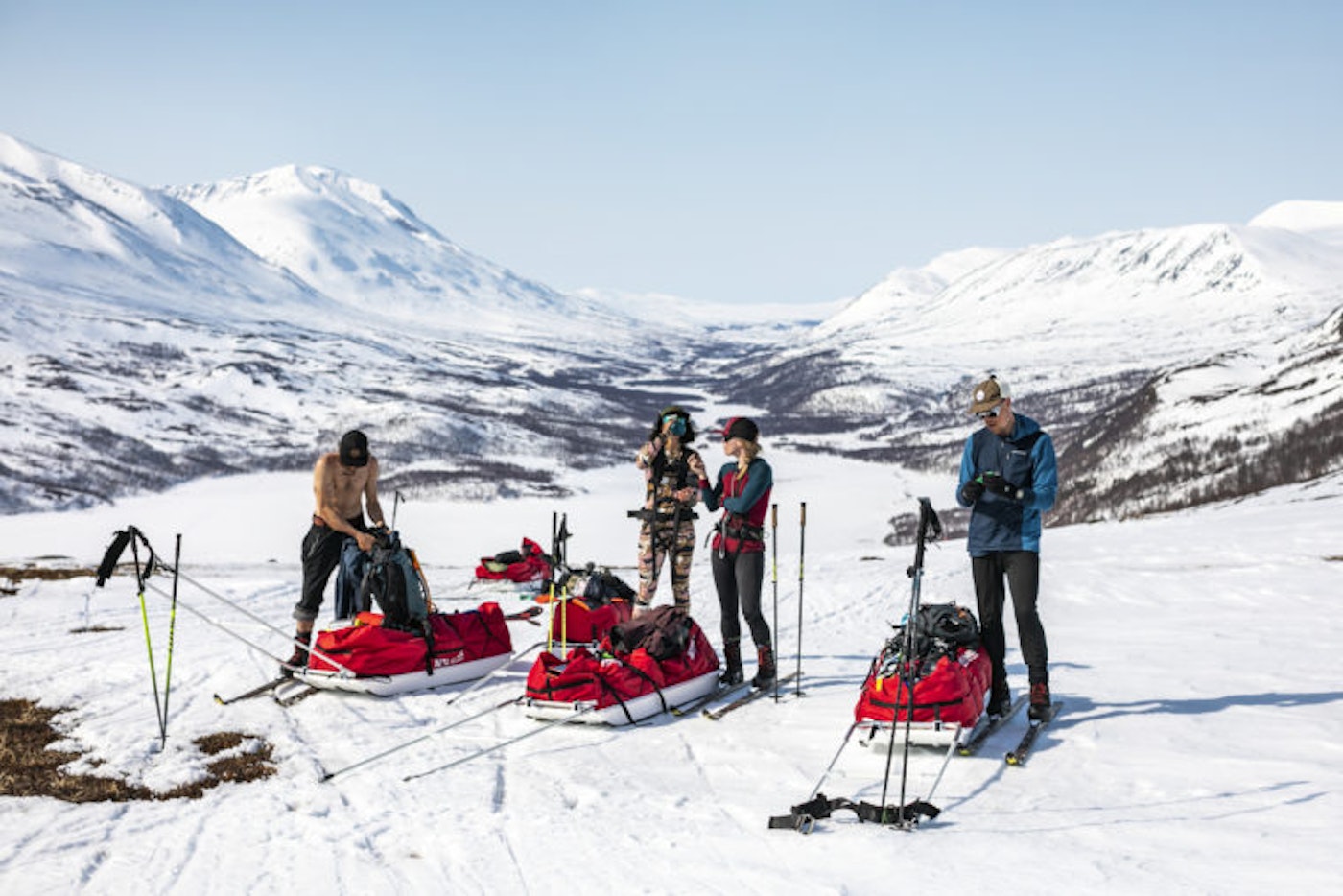
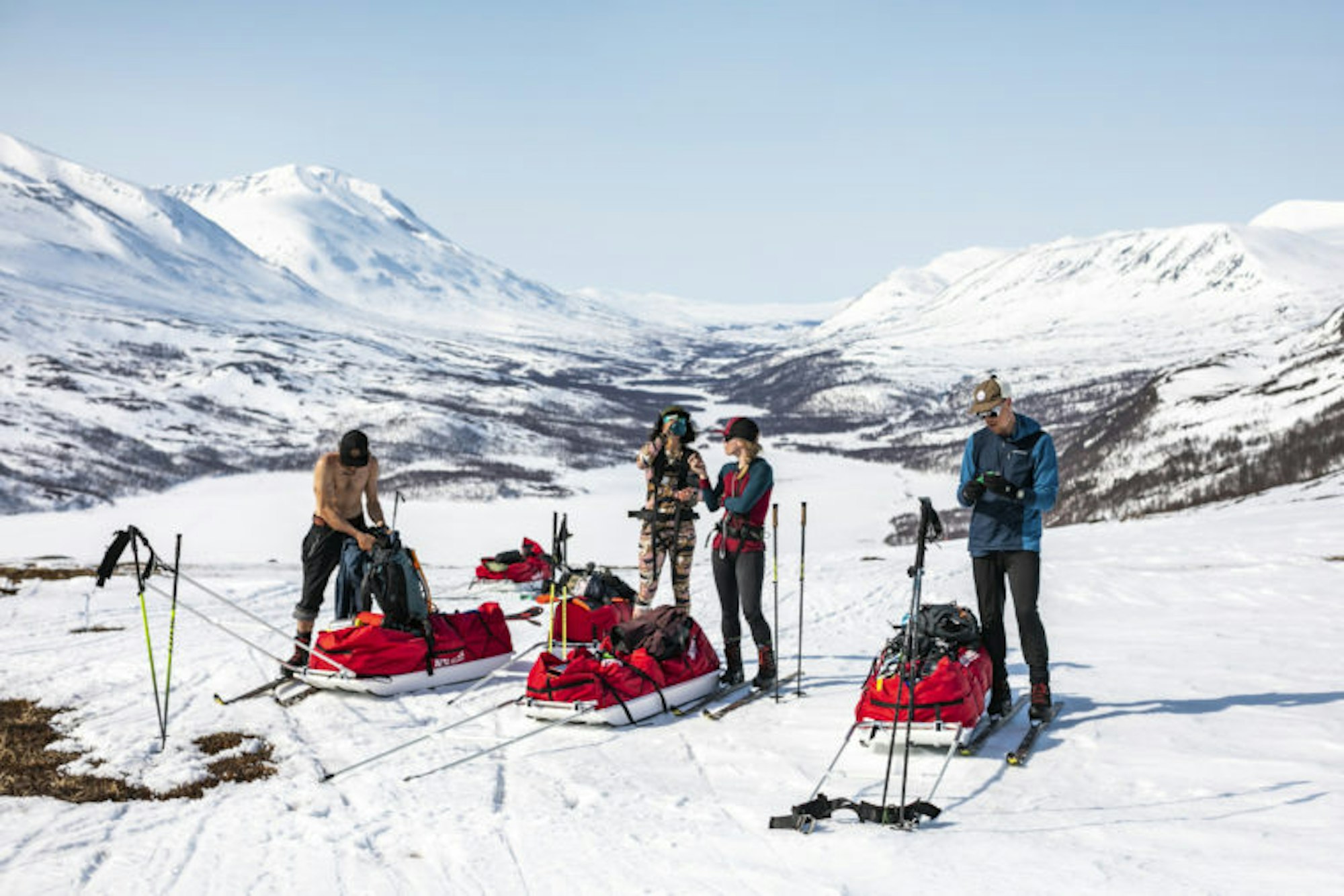
I guess for me, I think the hardest part was the human dynamics of the group, unfortunately. I brought together the two mountain guides who are also a couple, and because we switched to Sweden, Reine was going to be able to join after his last stop in Verbier on the tour.
My original idea was that these two very different backgrounds would compliment each other—Reine and I as the freeriders with more experience skiing and the mountain guides who have a bit more experience with expeditions and climbing. We really didn’t know how much climbing we were going to have because there’s not a lot of beta in the area. We thought it would be good to have people who are more experienced with climbing than Reine and myself because we’re interested in ski-mountaineering but it’s still relatively new to us, we don’t consider ourselves experts by any means, not like we do with backcountry skiing and freeride. Unfortunately it didn’t quite work out like that. Maybe we had different goals or ideas of how certain goals should be achieved and that made it really difficult for everyone to work together and everyone do their job. There was a lot of pressure to move fast, which I understand sometimes it’s essential, but where we were we had 16 to 20 hours of daylight and we didn’t have the need to move as fast. We could have moved at a pace that was comfortable for the whole group, especially the filmer. Logistically it’s such a big thing and poor Martin, our filmer was solo. So not only was he responsible for filming but also photographing and it just takes longer, it’s a slower process. How far we traveled everyday was important but we could have made the days longer and that seemed to be a big discussion that kind of lingered throughout the entire trip. It made things tricky [laughs].
There was definitely some tangible tension within the group, how do you feel like it was handled? Would you have done or said anything differently?
I’ve thought back a lot about what could have been done differently and because I was the one that brought everyone together as well as secured all the funding for the trip, I was so worried about keeping everyone in it—I was constantly worried someone was just going to bail. I felt responsible for everything, even if it wasn’t directly related to myself.
For me, one of my biggest struggles was on day two and the next morning I apologized to the whole group because I didn’t fuel myself properly and I ended up not being able to keep anything down. I wanted the group to know that that wasn’t acceptable and I acknowledged my mistake and I thought by doing that I was keeping an open dialogue. Perhaps it was in my head but it just kind of felt like instead of moving on things just kind of piled up. I feel like everyone tried to bring issues up but we were on such different wavelengths that it was kind of like two different groups and no one was seeing eye-to-eye. Sadly we weren’t able to mesh and come together as a team. The only conclusion that I can come to is we just simply don’t work well as a team, that particular grouping of people. I don’t think any debrief or other discussion throughout would have made much of a difference. It was just two different ideas of how to go about in the mountains and they just didn’t mesh together well like I had hoped for. It’s one of those things where we have the most respect for Erin and Ben, they’re incredibly knowledgeable and technically dialed and I did learn a lot from them but we just didn’t work well together as mountain partners and that’s okay, it happens.
Did you have a lot of backcountry camping experience prior to this mission?
I did, yeah, I had a fair amount. I’ve done 40 days of camping in the Himalayas, I’ve been on a couple camping trips on the glaciers of Alaska. I spent 10 days on a little expedition in France earlier in the season, so I was definitely not new to winter camping.
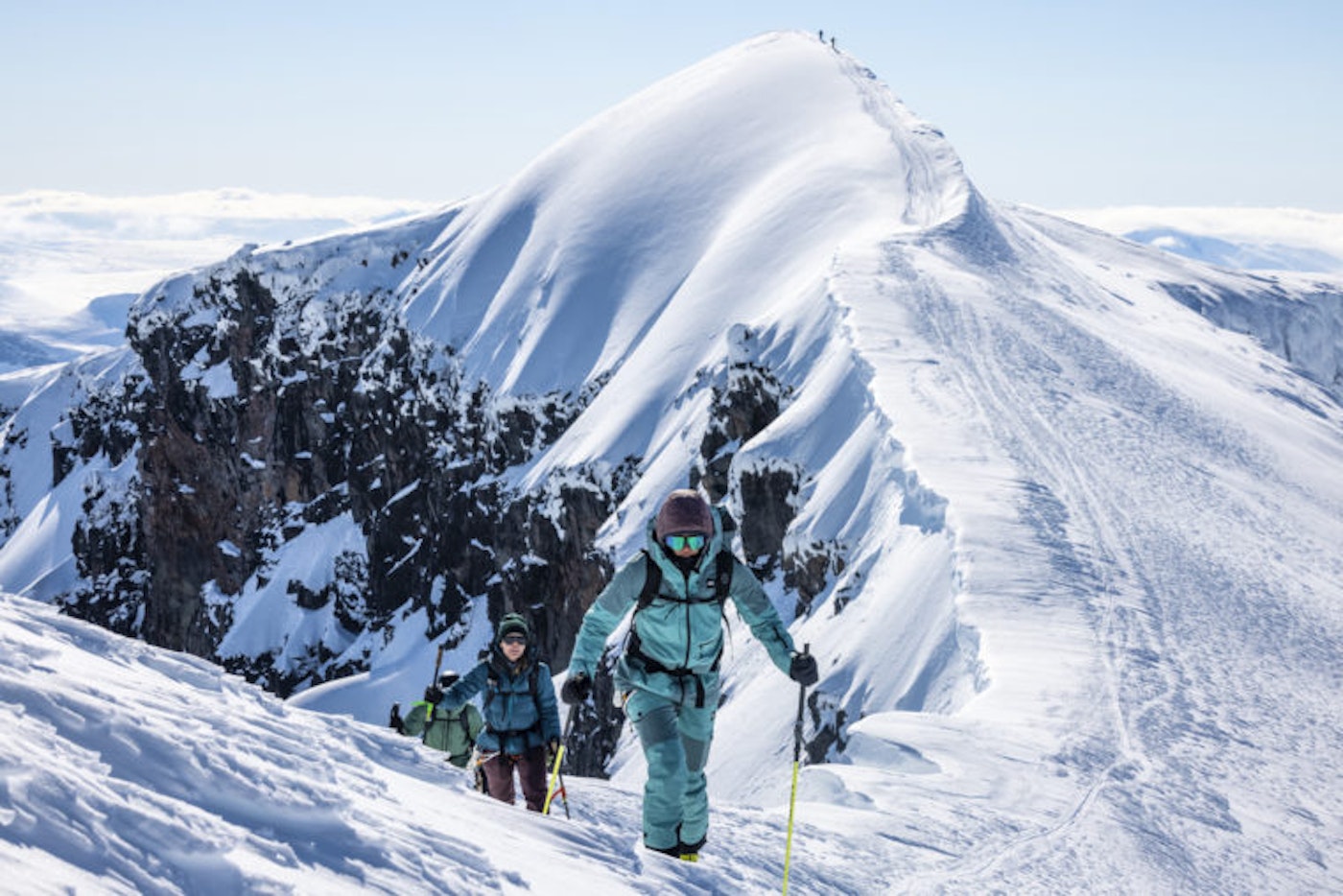
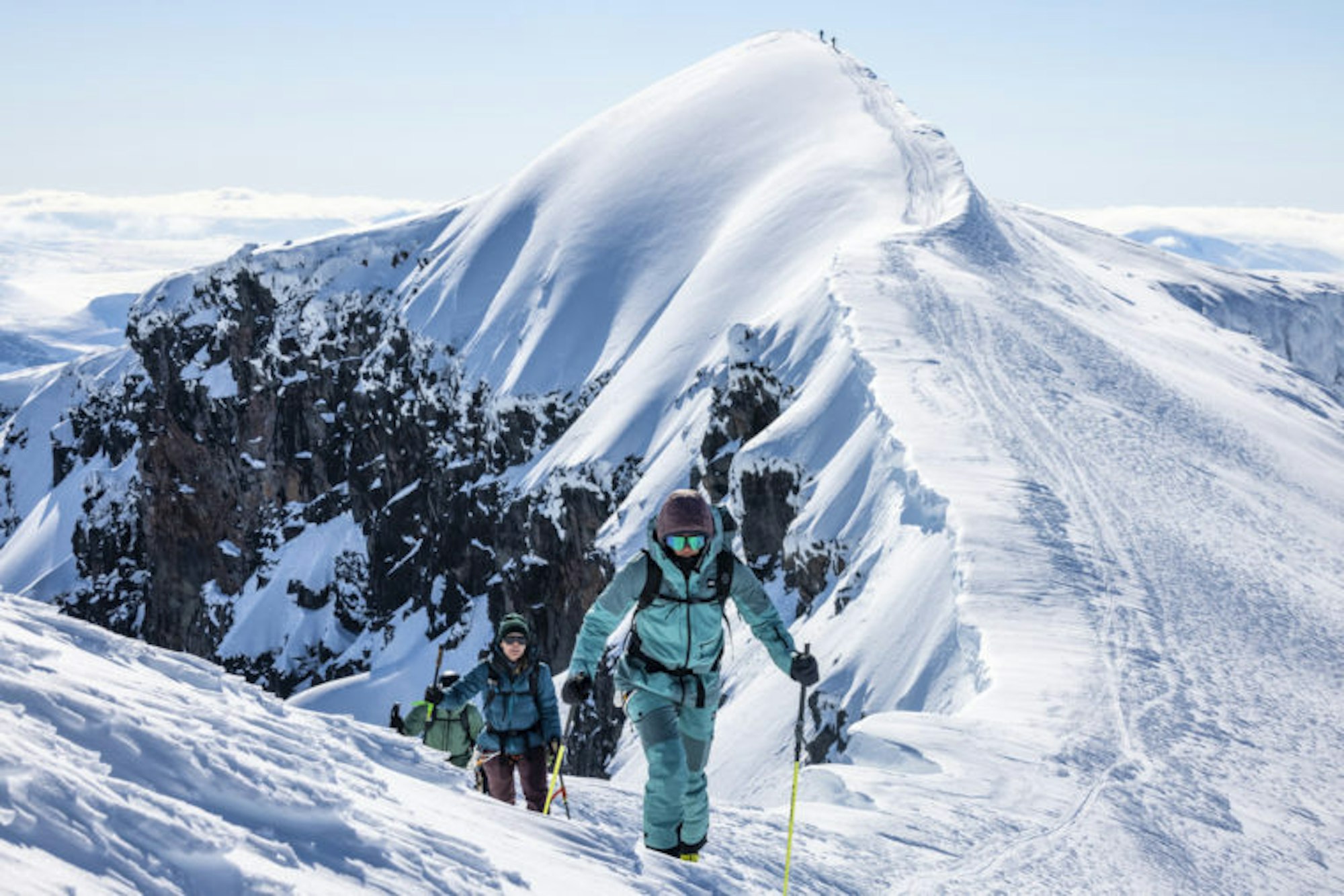
Let me tell you, it’s a lot nicer when you’re winter camping on a glacier and there’s a basecamp with bacon [laughs]. That’s a hard one because everything we had got really old mid-trip. We were pretty limited because we were traveling such long distances and we only had one cache about 200 or so kilometers in, so we had to really think about weight. So I suppose Snickers for the first half and then the second half, we managed to get soups and ramen because we had sugared ourselves out.
Do you think you’ll do another expedition like the Arctic 12 again? If so, would you do anything differently? Whether that be in preparation, packing, who you do it with, etc.?
Probably all of the above [laughs]. I do have interest in doing more expeditions, there are more parts of the world that I’ve never been to or I want to see more of. Even where we traveled in Sweden, we went by so many lines that looked amazing but they weren’t connected to a 2,000-meter peak so we had to keep going. I think my next trip would involve a bit more of a basecamp style, maybe only moving basecamp a few times, and have more of the focus centered around skiing because 12 peaks over 400 kilometers isn’t really that much skiing and that’s what I really missed on this trip. I also think bringing on people who are more experienced skiers, people who look at ski lines similar to Reine and myself, will be important for my next trip.
Your next big adventure is becoming a mom, what are you most looking forward to in this new role?
To them coming out [laughs]. I’ve learned that I’m definitely not one of those women who think pregnancy is the best thing in life. Don’t get me wrong, it’s pretty special to have something growing inside of you and moving around but it sometimes feels like my body is being held hostage. A big part of who I am is being able to get out and push myself. I’ve been super fortunate to not have any crazy injuries that set me back for nine months before. I’m sure I take more risk than some mothers and less than others but I’ve had to step back. In the beginning, before I ever got pregnant, I always thought that it would be nice to get pregnant and not feel that urge to push myself or scare myself and I’m realizing that it’s not as nice as I thought [laughs]. I really miss that. I’m looking forward to giving birth to a healthy baby. I’m hoping I can recover relatively quickly and get back to what I love to do but also have this new person in our lives that we get to show our version of the world to. It’s going to look a lot different, and I think Reine and I are both super naive to how that’s going to look, but we’ll adapt. It’s really exciting and terrifying.
Anything you’re crazy nervous about?
The recovery. That’s the selfish side I suppose, the athlete side of me. Of course there are tons of things that I’m nervous about like will I be a good mother? I’ve spent some time around newborns but it’s still going to be very, very new to me. When they’re so little, that makes me the most nervous [laughs]. As an athlete, I’m worried about how quickly my body is going to bounce back or not bounce back. I’ve heard so many different scenarios, so I can only hope that I get lucky but I know that the process could take a lot longer. And there’s just not that much information out there about it. I’ve had so many conversations with moms who are also athletes and we struggle to find what we can really do before [to help prepare our bodies] because there hasn’t been much research and what’s out there is very conservative.
Have you chatted with new mom Elyse Saugstad at all?
Yeah, we’re quite close. She’s one of my good friends and I’m fortunate enough that she’s a few months ahead of me. She is amazing and is giving me all the information and I have the advantage of learning from what she’s found works well and she’s found some good exercises that she’ll share with me for after birth. Since she’s had her kid, she’s now in it and trying to figure out who’s going to work with her best as not just a new mom but an elite-level athlete, like a physical therapist. The only information that I’ve been able to find is that there is not that much information out there. Even the International Olympic Committee is just now starting to do research because there are more Olympians who are becoming mothers nowadays and continuing to compete. Whereas, you know 10, 15, 20 years ago a lot of athletes that I know of became moms and walked away from their professional career as athletes.
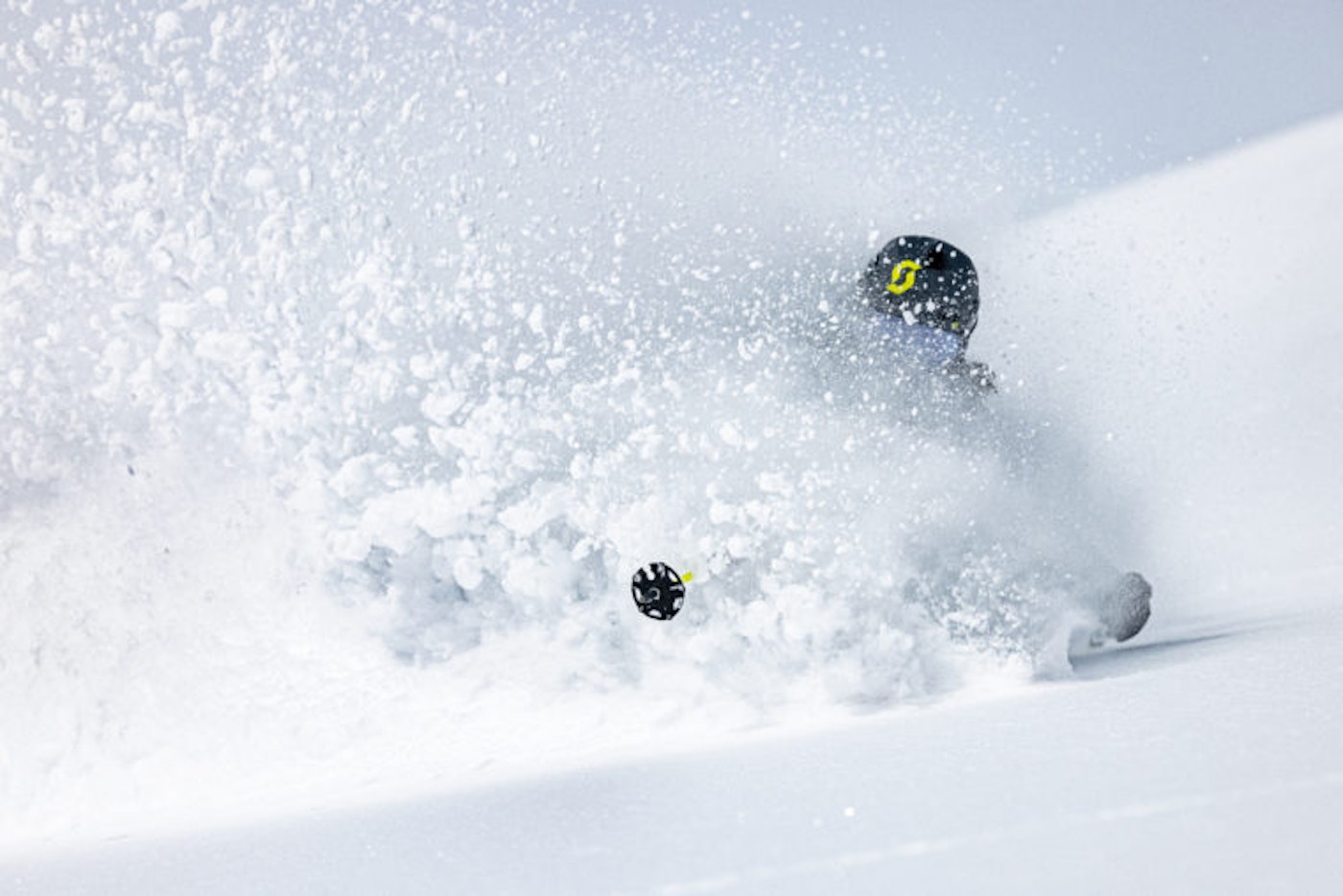
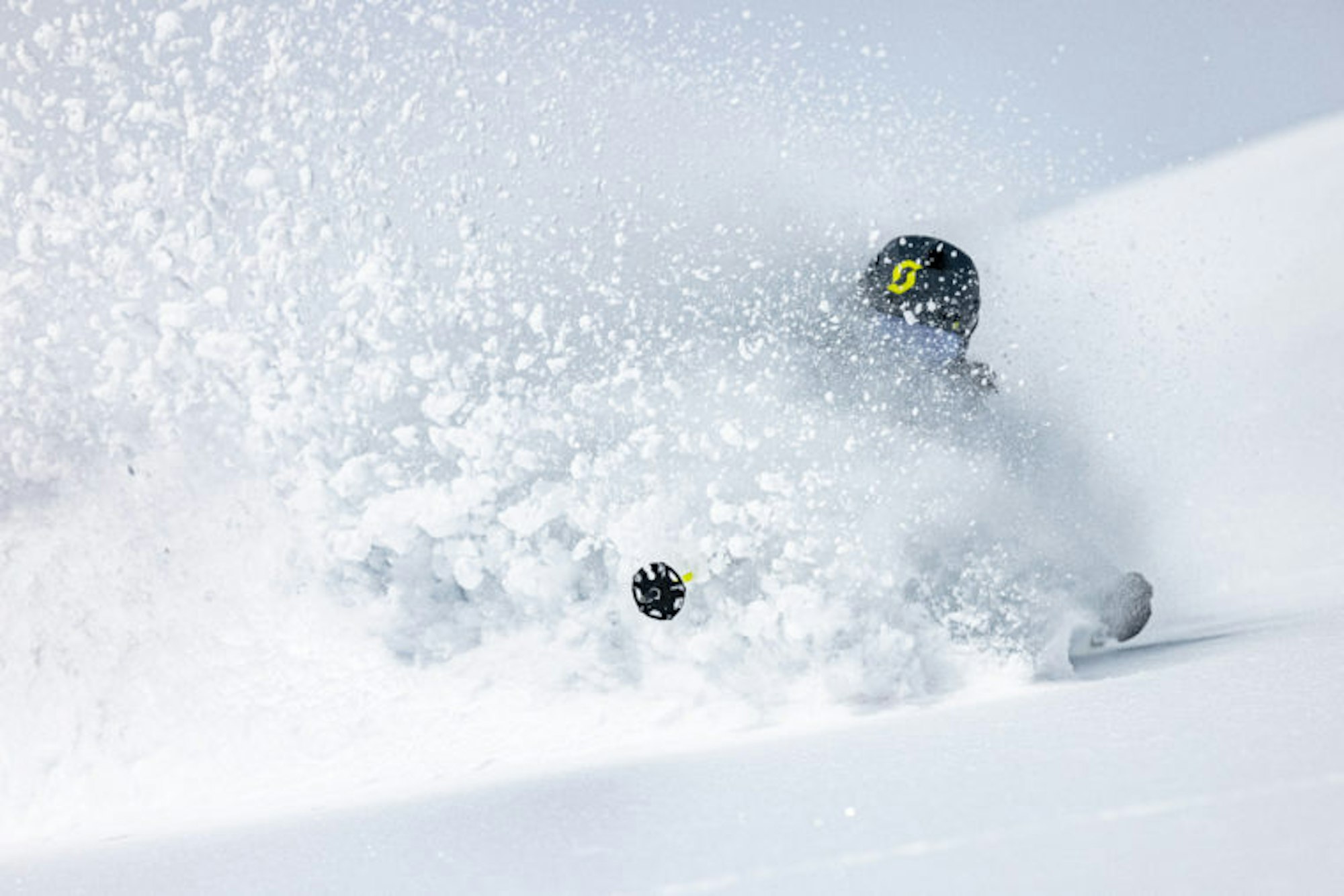
There are a couple things. One is accessibility. Our main goal when we started SAFEAS was that we realized that avalanche education can be intimidating and costly. So we wanted to create an experience that was welcoming to people of all levels, whether they’re learning how to ski, or just snowshoe and have very little backcountry experience, to go and start their avalanche education before diving into a full level 1 course, which can be really intimidating. We wanted it to be friendly, welcoming and we also offer full and partial scholarships every year to people that need a little extra help to get there.
We also have Lel Tone, she’s an amazing guide and avalanche educator, and then we have professional athletes, including Ingrid Backstrom, Michelle Parker, Elyse Saugstad and Cody Townsend has joined us this year, who have years of experience in the backcountry and are there to share what has worked well [for them] and what hasn’t worked well. We’re very honest and open and it’s more of the human factors and the human experience that you won’t always get in an intro course. So I think that’s what makes our course unique.
If someone is thinking about getting into backcountry skiing, what advice would you give them?
My advice would be to get educated. Whether it’s starting out with an intro course, a lot of avalanche centers have hour-long free seminars. Also having the proper equipment—transceiver, shovel, probe, backpack—and you know how it works. We encourage people to test the stuff, to make sure it’s working properly. And then first-aid. You’re going out into the backcountry, so some sort of wilderness first aid or wilderness first responder course. It can be kind of daunting, there’s a lot of stuff that you need to know to travel safely in the backcountry but it’s really fun to learn all of these things and when you are out there there’s no better feeling than to know you have done your homework and you’re as prepared as you possibly can be for any situation that you might run into.
It’s awesome to have mentors who can teach you things while you’re out there but you don’t always want to be relying on your mentor to keep you safe. We want to eventually get to that position that you’re equally as knowledgeable and if something were to happen you know what to do, not just the rest of your team.
![[Q&A] Catching up with Jackie Paaso about her new film 'Arctic 12'](https://www.datocms-assets.com/163516/1751496764-fs_jackiepaaso_qa.jpg?auto=format&bg=FFFFFF&w=100)
![[Q&A] Catching up with Jackie Paaso about her new film 'Arctic 12'](https://www.datocms-assets.com/163516/1751496764-fs_jackiepaaso_qa.jpg?auto=format&bg=FFFFFF&w=1200)
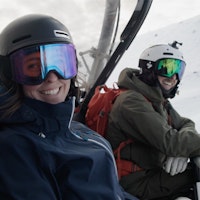
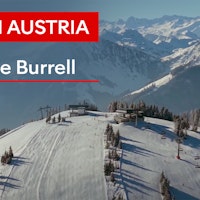
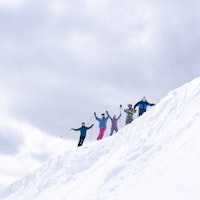
![[GIVEAWAY] Win a Head-to-Toe Ski Setup from IFSA](https://www.datocms-assets.com/163516/1765920344-ifsa.jpg?w=200&h=200&fit=crop)
![[GIVEAWAY] Win a Legendary Ski Trip with Icelantic's Road to the Rocks](https://www.datocms-assets.com/163516/1765233064-r2r26_freeskier_leaderboard1.jpg?auto=format&w=400&h=300&fit=crop&crop=faces,entropy)
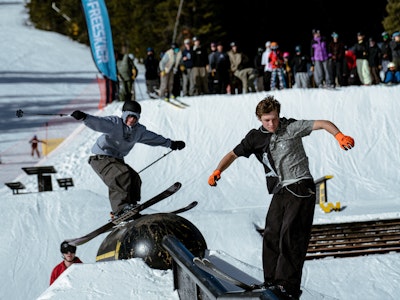
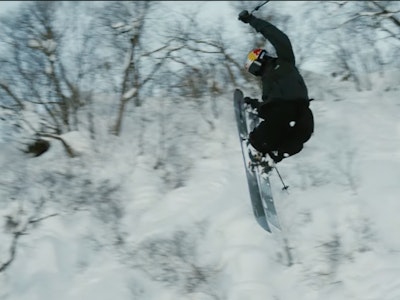

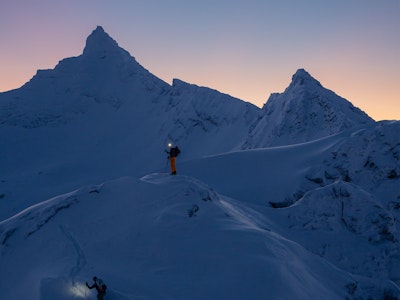
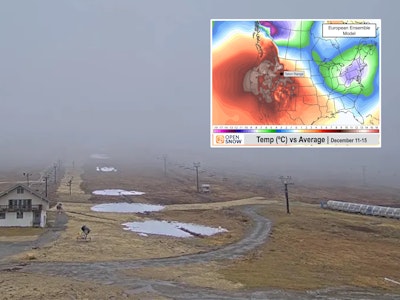
![[GIVEAWAY] Win a Head-to-Toe Ski Setup from IFSA](https://www.datocms-assets.com/163516/1765920344-ifsa.jpg?auto=format&w=400&h=300&fit=crop&crop=faces,entropy)
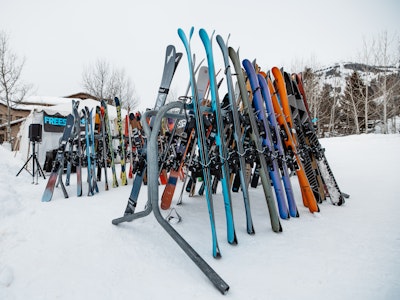
![[Q&A] Catching up with Jackie Paaso about her new film 'Arctic 12'](https://www.datocms-assets.com/163516/1751496764-fs_jackiepaaso_qa.jpg?auto=format&bg=FFFFFF&w=2000)